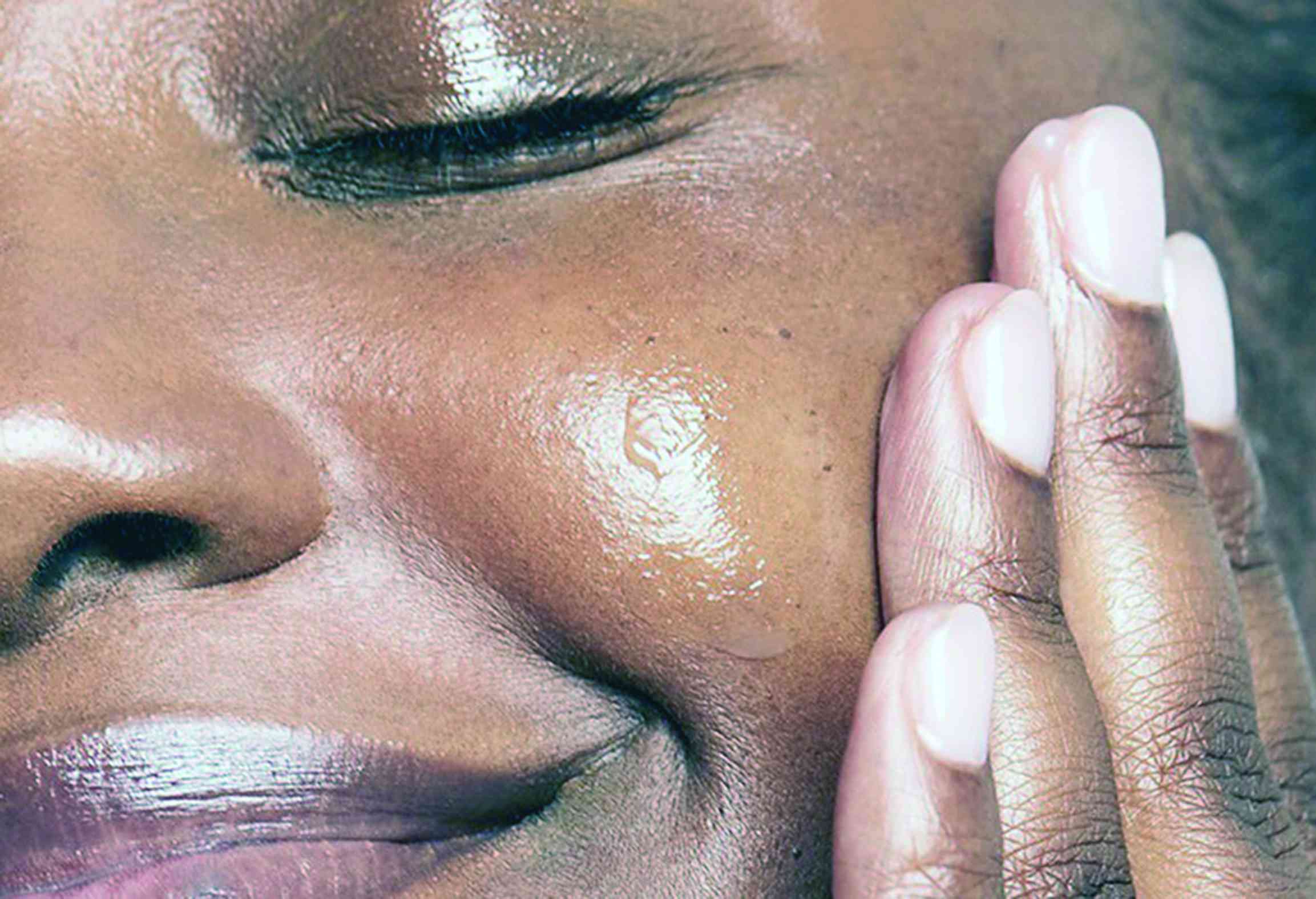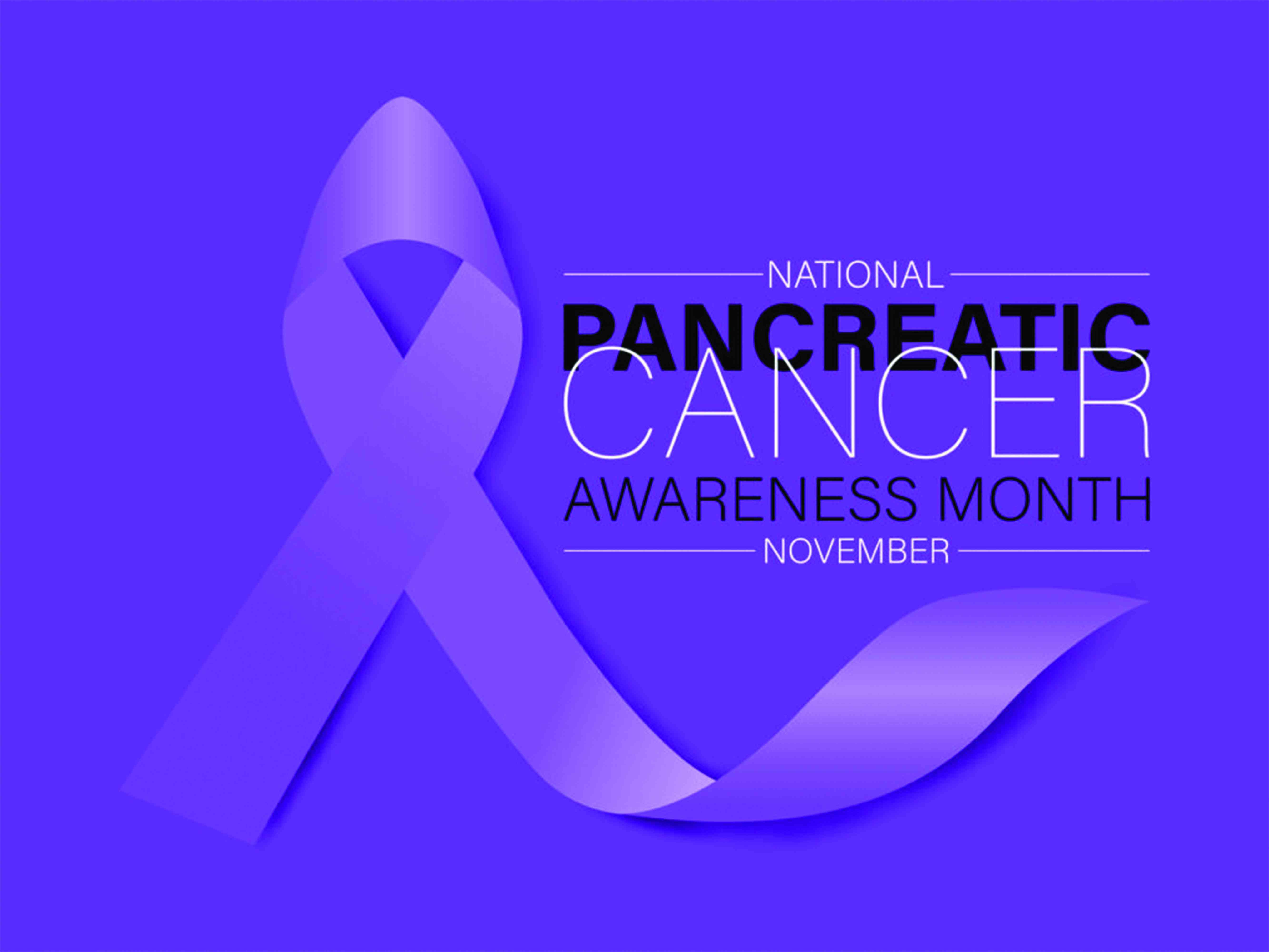
Skin diseases are conditions that affect your skin and cause symptoms such as rashes, inflammation, itchiness or changes in colour or texture. Some are minor and temporary. Others are chronic and serious.
Skin diseases include all conditions that clog, irritate or inflame your skin, often causing rashes or other changes in your skin’s appearance.
Your skin has many important functions. It covers and protects your body. It holds in fluid and prevents dehydration. It helps you feel sensations such as temperature or pain, keeps out bacteria, viruses and other causes of infection and helps to stabilise your body temperature.
Your skin also creates vitamin D in response to sun exposure. Vitamin D helps regulate the amount of calcium and phosphate in your body. These nutrients are needed to keep your bones, teeth and muscles healthy.
Types of skin diseases
Common skin diseases include acne, alopecia areata, eczema, psoriasis, Raynaud’s phenomenon, rosacea, skin cancer and vitiligo.
Alopecia areata can lead to unpredictable hair loss. Eczema causes dry, itchy and inflamed skin. With psoriasis the immune system becomes overactive, causing skin cells to multiply too quickly and resulting in patches of skin becoming scaly and inflamed.
Raynaud’s phenomenon causes decreased blood flow to the fingers or in some cases to the ears, toes and nipples. Rosacea is a long-term inflammatory skin condition that causes reddened skin and a rash, usually on the nose and cheeks, sometimes also causing eye problems.Vitiligo causes patches of skin to lose their pigment or colour.
- Good skin care, lifestyle changes help prevent some skin diseases
- Healthy eating contributes to physical, mental well-being
- When the going gets tough
- High cholesterol levels could cause serious health issues
Keep Reading
Rare types of skin diseases include argyria, which is acquired by exposure to or ingestion of silver, chromhidrosis (coloured sweat) and harlequin ichthyosis, which is a rare genetic condition some babies are born with, where the body is covered in hard, thick skin that forms large diamond-shaped plates separated by deep cracks.
Causes
There are varying causes for the different types of skin disease. Some lifestyle factors can lead to the development of a skin disease. Underlying health conditions may affect your skin as well.
Common causes of skin diseases include bacteria trapped in your pores or hair follicles, conditions that affect your thyroid, kidneys or immune system and contact with environmental triggers, such as allergens or another person’s skin.
Other causes include genetics, fungus or parasites living on your skin, viruses, diabetes, exposure to the sun and certain medications such as some treatments for inflammatory bowel disease (IBD).
Symptoms
Skin disease symptoms vary significantly, depending on what condition you have.
Skin changes are not always due to skin diseases. For example, you may develop a blister from wearing ill fitting shoes. However, when skin changes show up with no known cause, they may be linked to an underlying health condition.
Skin diseases may cause discoloured skin patches or abnormal pigmentation, dry skin, open sores, lesions or ulcers, peeling skin, rashes possibly with itchiness or pain, red, white or pus-filled bumps and scaly or rough skin.
Risk factors
Some health conditions increase your chances of developing a skin disease. For example,you may be more likely to experience skin changes or symptoms if you have diabetes. People with diabetes experience difficulties with wound healing, especially on their feet.
If you suffer from lupus, this can lead to inflammation and skin problems such as rashes, sores or scaly skin patches.
Skin changes can also be the result of pregnancy, stress or hormonal changes. Melasma is a common skin disease that mostly affects pregnant women. Skin conditions such as alopecia areata, acne, Raynaud’s phenomenon or rosacea may become worse when you experience stress.
Diagnosis
Your healthcare provider may be able to diagnose a skin disease by looking at your skin or may refer you to a dermatologist, that is a skin specialist.
If looking at your skin does not provide clear answers, there are tests that can be done to diagnose the problem. One of these is a biopsy, which involves removing a small piece of skin that can be examined under a microscope.
Other diagnostic methods include testing a skin sample for bacteria, a fungus or viruses. A skin patch test may be done by applying small amounts of substances to your skin to test for allergic reactions. A black light examination using an ultraviolet (UV) light can be done to view your skin’s pigment more clearly.
If there are blisters or ulcers a tzancksmear test may be done to examine the fluid from the blister to check for herpes simplex or herpes zoster. A diascopy can be performed to test for skin disease by pressing a microscope slide against a skin patch to see if the skin changes colour.
A dermoscopy can also be done using a hand-held dermatoscope to diagnose skin lesions.
Treatment
Many skin diseases respond well to treatment. Depending on the condition, a dermatologist or other healthcare provider may recommend antibiotics, antihistamines, laser skin resurfacing, medicated creams, ointments or gels and moisturisers.
Other treatment methods include oral medications, creams or injections and in some cases surgical procedures.
You may reduce symptoms by avoiding or limiting certain foods such as sugar or dairy foods, cutting down on alcohol consumption and avoiding smoking.
Practising good hygiene, including proper skin care, and managing your stress levels, also helps you recover from skin diseases.
Prevention
Some skin diseases are not preventable. There is no way, for example, to change your genetics or prevent an autoimmune disorder.
However, you can try to avoid contagious or infectious skin diseases or reduce their symptoms if you avoid sharing utensils, personal items or cosmetics. Use sun protection to prevent sunburn and other sun damage.
Disinfect objects you use in public spaces, such as gym equipment.You should wash your hands regularly with soap and water. Reduce your contact with irritants or harsh chemicals.
Drink plenty of water and eat a nutritious diet. A healthy diet can help you look and feel good. Your diet should include a good amount of fruit, vegetables, whole grains and lean proteins. Drinking plenty of water helps keep your skill well hydrated.
Avoid or quit smoking. Smoking narrows the tiny blood vessels in the outermost layers of yourskin. This decreases blood flow and makes skin paler, depleting the oxygen and nutrients required for healthy skin.
Find ways to manage your stress. Uncontrollable stress can make your skin more sensitive and trigger acne breakouts. Healthy sleeping is also good for your skin. Try to have seven to eight hours sleep per night.
- The information in this article is provided as a public service by the Cimas iGo Wellness programme, which is designed to promote good health. It is provided for general information only and should not be construed as medical advice. Readers should consult their doctor or clinic on any matter related to their health or the treatment of any health problem. — [email protected] or WhatsApp 0772 161 829 or phone 024-2773 0663











